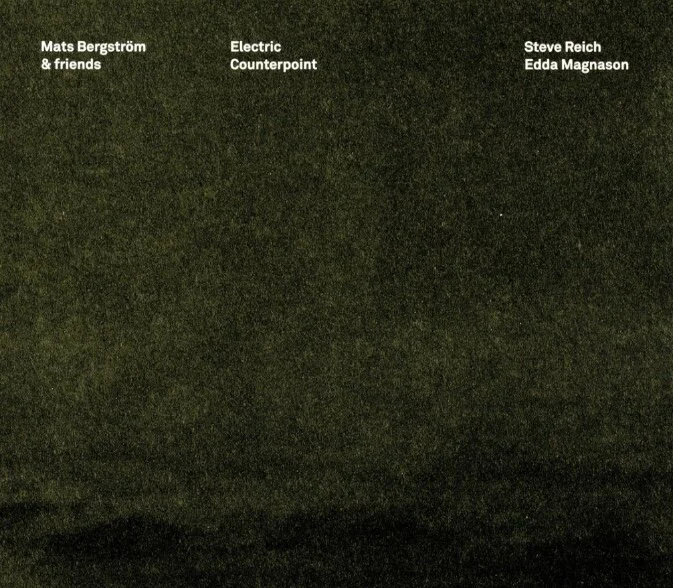Antonio Vandini: Complete Works by Elinor Frey
According to the liner notes in this new album featuring Canadian-American cellist Elinor Frey, we don’t know terribly much about Antonio Vandini, save for the fact that he was a good cellist, one who performed with Tartini. He was both born and died in Bologna. This album represents his sonatas for his own instrument alongside a three-movement concerto with the cello as the solo instrument.
The curious thing about the sonatas is that they are written in three, not four movements. They follow a slow-fast-fast structure. For flavor, they carry with them a lot of typical high-baroque marks. It wouldn’t be surprising, then, that Tartini’s own galante-leaning style is also heard in Vandini’s writing. There’s a melodic sense to his writing, but it’s compartmentalized into the rhythmic motives that get repeated at different intervals, as was typical, especially so, say, in the writing of Vivaldi’s own writing for solo instruments.
The cello concerto is interesting for the long-winded lines Vandini provides the soloist. The ritornello and solo episodes are so divided that the we hardly hear from the upper voices for the solo episodes. It speaks to the chamber nature of the concerto, which here is played by a small ensemble and seems apt. The outer movements of this concerto both evoke the positive brightness we might associate with sunshine. The work is shy of any particularly deep or profound thoughts, but instead is simple in structure, allowing the cellist to be the focus. One could imagine some wild improvisational interjections from the composer; Frey resists trying to reincarnate the composer, but her contribution as the soloist is strong and her place within the texture of her companion musicians is well staged in the recording.
There are a few moments in this recording that make us stand back and take note of this composer’s unique voice. The First Allegro in the last sonata on disc, Van. 7 in E, explores the instruments higher range and combines melodic leaps with double stops which reveal the composer’s showcasing of virtuosic techniques in his writing.
Two final notes. The contributions on his album from the harpsichordist Federica Bianchi made me sit up several times. Her continuo playing is fuller and richer than I am used to hearing and was as a welcome addition to the continuo ensemble. She is a name I am not well-familiar with but will seek out again.
The second note speaks to the reader’s need to own or even seek out this album. For those of us in the historically-informed world of Baroque music, there is an excitement about discovering a new composer (or one new to us, more aptly said), one associated with, perhaps, composers of better renown (here, Tartini). And for the recording company, is there going to be market for an album of music by a composer most have not heard of before?
Vandini’s works are all written in a major key, and the music psychologist I might want to be would say he was a man who had a cheery and positive outlook on life. All that major-moded sunshine, in the context of a record, I found disappointing after a full listen. It was all Kool-Aid, all sweet, just in slightly different flavors. I’d wager to say Vandini was probably a better player than composer. And while his pieces reveal new musical ideas and some interesting ones at that, this is not the type of album I want to hear on repeat or all at once. This is not a dig at the musicians performing this music, nor even a dig at the long-dead composer. I find this with other collections as well. As you explore Vandini—which on this album is played well—I’d suggest mixing it into your own playlist, so that you can appreciate Vandini’s style in context to other musicians from the late baroque. In that way, I think, you’ll even better appreciate the sunny nature of his writing and also the cello’s time in that light in what seemed to be an era fixated on the violin as the predominate solo instrument.






